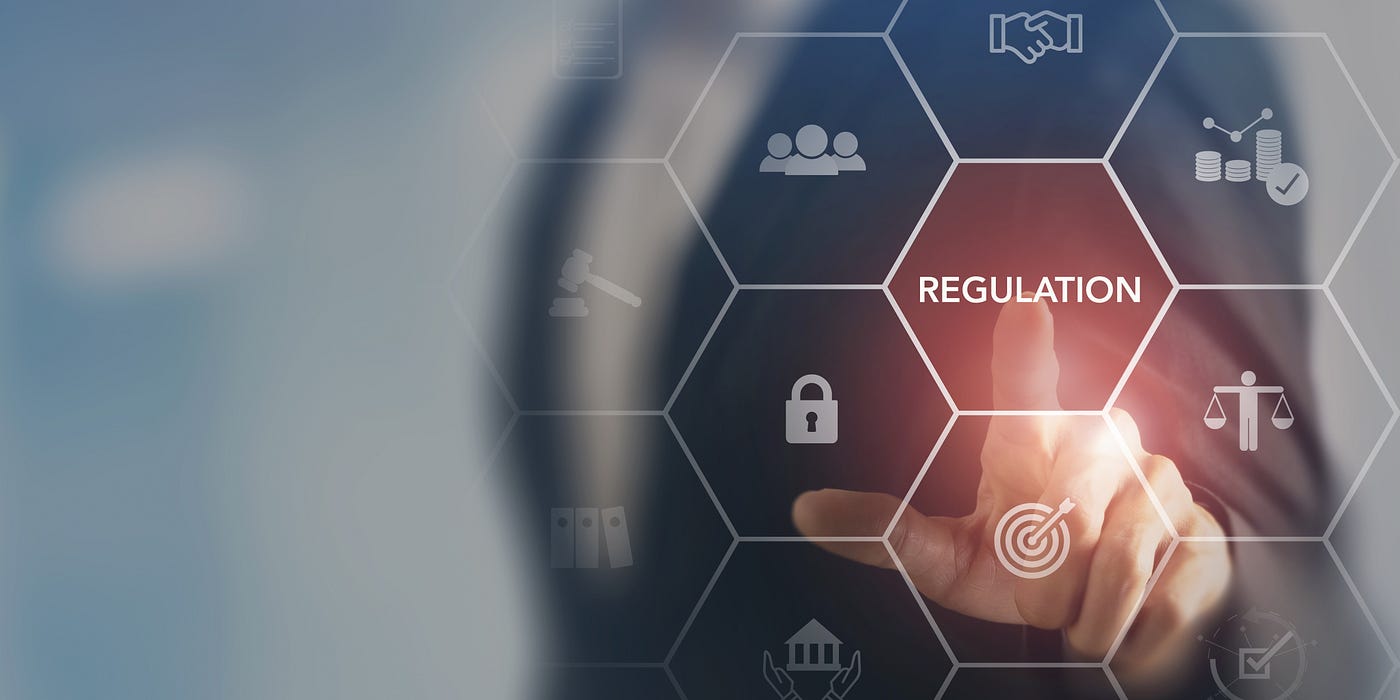In the realm of contemporary business intelligence, the trajectory has shifted from merely understanding historical data to harnessing predictive analytics for informed, proactive decision-making. While dashboards and traditional analytics remain integral for gauging current performance and historical trends, organizations are progressively looking beyond these retrospective insights. The quest now is to foresee future patterns, trends, risks, and opportunities by leveraging the predictive power of data.
Predictive analytics introduces a new dimension to business intelligence by delving into the vast expanse of available data to extract meaningful, actionable insights. It's not just about understanding what happened and why, but more importantly, about predicting what is likely to happen and preparing for it strategically.
The Strategic Edge of Predictive AnalyticsPredictive analytics is a subset of advanced analytics that employs statistical algorithms and machine learning techniques on historical and current data to anticipate future outcomes. By detecting patterns and correlations within datasets, businesses can predict potential trends, customer behavior, market fluctuations, and even internal operational performances.
Its true power lies in its ability to uncover complex and hidden correlations, often beyond the scope of traditional analysis. It empowers organizations to make well-informed decisions, strategize effectively, mitigate risks, and seize forthcoming opportunities.
Transitioning from Reactive to Proactive MeasuresWhile dashboards and conventional business intelligence tools excel in providing insights into existing scenarios and past trends, they fall short in predicting future developments. Predictive analytics, however, empowers companies to be proactive rather than reactive. It allows businesses to anticipate changes in the market, consumer behaviors, and internal processes and develop strategies to adapt, innovate, and influence outcomes.
By leveraging predictive analytics, organizations can:
- Forecast trends: Anticipate shifts in markets and customer behavior, enabling tailored marketing strategies and product development well in advance.
- Improve risk management: Identify potential risk factors and take proactive measures to mitigate risks before they escalate, safeguarding against potential losses.
- Optimize operations: Predictive analytics can forecast operational inefficiencies or bottlenecks, allowing companies to streamline processes and boost productivity.
- Personalize customer experiences: Understand predictive insights to tailor customer experiences by forecasting preferences and behaviors, enabling more targeted and effective marketing and service approaches.
While the benefits are promising, implementing predictive analytics isn’t without its hurdles. It demands sophisticated technology, skilled analysts, and a robust data infrastructure. Investment in data collection, integration, and analytical tools is necessary to derive meaningful insights. Furthermore, ethical considerations surrounding data privacy and transparency should be at the forefront of any predictive analytics strategy.
Final ThoughtsPredictive analytics is the future of business intelligence, complementing and enhancing the capabilities of traditional dashboards and historical analysis. Businesses that adopt predictive analytics gain a competitive edge by making proactive, data-driven decisions. The ability to foresee trends and take preemptive actions is becoming paramount in today's dynamic and competitive business environment.
Embracing predictive analytics is more than just adopting a new technological trend; it’s a strategic move towards proactive, agile, and informed decision-making. As the business landscape continues to evolve in a data-centric fashion, companies that embrace predictive analytics will be better positioned to adapt, innovate, and excel in an ever-changing market.






